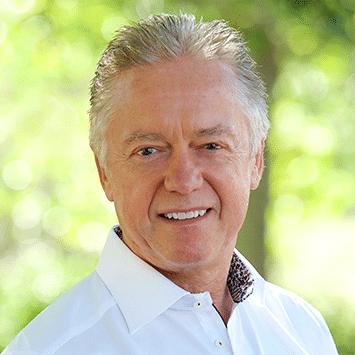News
16 December 2020
Reading Time: 3 mins
News
16 December 2020
Reading Time: 3 mins

Nick Earle
CEO & Chairman
LinkedInGlobal food wastage could be reduced by 20% by the year 2025 and by 50% well before the end of the next decade, thanks to the transforming of supply chains and billions of connected devices operating every second of the day. That’s the bold prediction made today by Internet of Things (IoT) connectivity specialist, Eseye.
Amid an international food crisis, the United Nations’ has set the target of reducing 50% of food wastage by 2030 as part of its Global Opportunities for Sustainable Development Goals (GO4SDGs). Yet, Eseye believes the world can meet this target sooner with the acceleration of IoT and the rise of innovative new technologies, such as single-use ‘smart’ labels and real-time data tracking.
Figures show that globally, 1.6bn tons of food is currently lost or wasted every year – equating to $1.2 trillion USD worth – but Nick Earle, CEO of Eseye, predicts that the tide could soon be turned thanks to advancements in technology that allow for the printing of IoT circuits, batteries, and cellular connectivity onto flexible labels. These labels, when placed on food items, would enable complete real-time visibility of the entire supply chain, from farm to fork and provide instant monitoring of areas such as location, temperature and humidity. This not only stops produce from being damaged and wasted, but also works to prevent oversupply.
Smart farming to reduce loss after harvest
It’s not just in transit where this connectivity can make a real difference to feeding the world. According to the United Nations Food and Agriculture Organisation, around 14% of the world’s food is lost after harvest and before reaching shops and markets. Innovations in smart farming can help to tackle this and improve food yields.
Through sophisticated real-time data tracking, sensors can measure the properties of fruit and vegetables such as colour, size and shape, while they are still growing. This information then helps to control the growing conditions, such as water supply, and accurately determines the best harvest date. This data can meaningfully reduce the amount of stock that is lost before it even enters the supply chain.
Nick Earle explains: “IoT has the power to dramatically overhaul the way we grow and transport the world’s food. With a growing population and finite resources on our planet, we must become more efficient and end wastage.
By connecting every single part of the supply chain, we can grow, pick and ship only what we need, and then better care for that produce to ensure it reaches the fork unharmed. IoT has traditionally been centred around big-ticket items such as machinery and consumer goods and electricals, but new technologies are making smaller sensors economically viable on a massive scale.”
Current mobile network model is not fit for purpose
However, there is a significant barrier to urgently overcome before real-time data tracking reaches the levels required for this technology to function properly. A tracking label as described will need to move through multiple countries and the data accessed by multiple organisations. Seamless and intelligent cellular IoT connectivity, which enables to switch automatically and agnostically between multiple mobile networks depending on which has the best coverage, is needed to ensure that this technology is viable in the long term.
This has traditionally been a barrier for the IoT industry as a whole. In the UK for example, individual mobile network operators are only required by the government to provide good quality services to 88% of the landmass by 30 June 2024, and 90% by 30 June 2026. Clearly, each device being tied to a single network operator is not fit for purpose for mass IoT deployment.
Nick explains further: “We have the very real possibility of reducing global food wastage by 20% by the year 2025 and 50% before the end of the next decade, but only if the problems that have troubled IoT for years are resolved. The current mobile network model is not fit for purpose. We need mobile operators to work together to enable devices to connect seamlessly anywhere in the world in a way that gives them the best possible connection, regardless of network provider. Eseye is already working to achieve this with our AnyNet Federation, but the entire industry needs to pull together now to achieve something far greater than the sum of its parts.”

Nick Earle
CEO & Chairman
LinkedInNick spearheads Eseye and believes in connectivity that ‘just works’; that makes people’s lives and jobs easier; connectivity that’s invisible. He’s a visionary business leader with a distinguished career in technology spanning more than 30 years, spanning large corporations and dynamic start-ups and oscillating between start-ups and global IT, tech and transportation companies.
Previously, Nick led organisations and cross-company transformation programs for two $50B global corporations; Cisco where he ran the Cloud and Managed Services business as well as their Worldwide Field Services function, and Hewlett Packard where he ran the global Enterprise Marketing function and the internet transformation strategy.